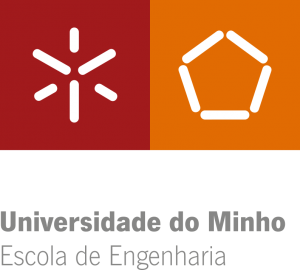Control, Automation and Robotics (CAR)

1. Fundamental study of theory and methods in automation and control to application oriented projects, often in cooperation with industry:
Application in vision and image processing:
– Develop new algorithms to analyze surfaces of different industrial sectors, such as textile, footwear, cork and tiles;
– Develop computer vision technologies for applications based on advanced processing and image analysis algorithms for texture, color analysis and thermograph techniques for materials inspection;
– Develop new algorithms for medical image registration and visualization of medical imagery. The main clinical areas of interest include: Orthopaedics, Neurosurgery, Radiology and Plastic surgery.
Multi-sensor fusion and integration using soft computing techniques, such as neural networks, genetic algorithms and fuzzy logic;
Sensor instrumentation, data acquisition, automation and new control strategies with applications in different industrial sectors, such as textile, footwear, cork and mechanical industries.
Mechatronics systems prototype to the local industry in cooperation with the other departments (Mechanical, polymers, textile) of Minho University
Virtual and Remote Labs using TICE, including the design and implementation of a middleware architecture that integrates all the requirements and is sufficiently flexible and expandable to produce different control experiments.
2. Design of jointly-acting autonomous systems (robot-robot, human-robot) that communicate and work intelligently on mutual tasks (e.g. joint transportation of objects, robotic football, joint construction). This primary objective was divided into sub-goals:
- to build control architectures for multi-robot motion coordination and
- to build neuro-cognitive inspired architectures that endow the robots with cognitive behaviour.
CAR leader: Estela Guerreiro Silva Bicho Erlhagen
Recent CAR Publications:



